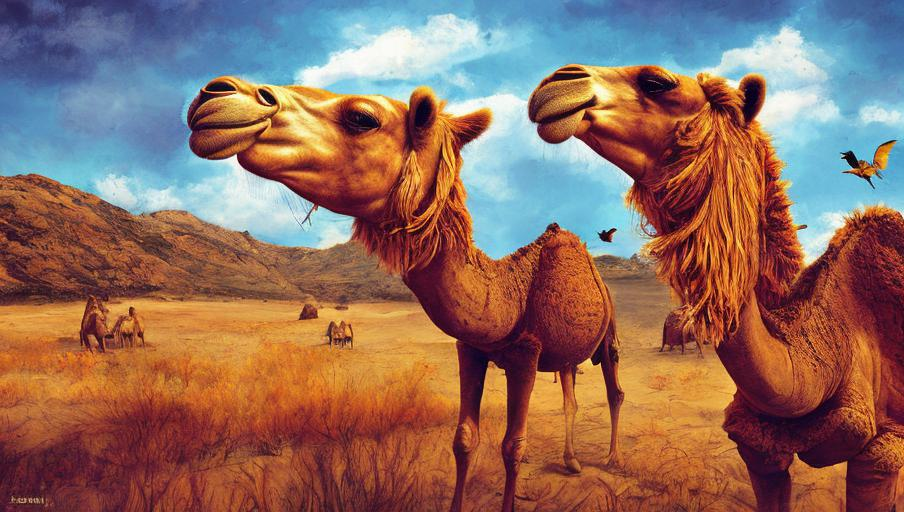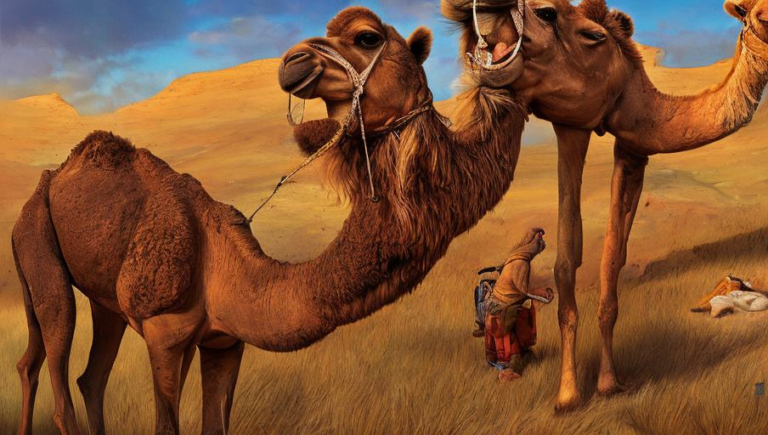Shedding Light on the Camel’s Habitat

Introduction
The camel is an iconic desert animal that has been around for thousands of years. These unique mammals are strong, hardy and highly adapted to desert life. Camels are found in arid regions all over the world, and they are able to survive in extreme temperatures, both hot and cold. Despite their apparent ability to survive in harsh conditions, camels still need a rich and diverse habitat to survive and thrive. Let’s take a closer look at the camel’s habitat and the adaptations they have to live in the desert.
Desert Adaptations
Camels have a number of adaptations that enable them to thrive in the desert. They have long legs, broad feet and padded soles that keep them from sinking in the sand and help them walk on the hot sand without burning their feet. They have thick fur that helps keep them cool in the extreme heat, and their wide nostrils help filter out sand particles from the air. Camels are also able to go for long periods of time without drinking water; instead, they can get most of their water from the plants they eat. Finally, camels have a unique ability to store fat in their humps, which helps them survive in the desert when food is scarce.
Habitat Requirements
Camels need an environment that is hot and dry, but they need access to plants and water to survive. They rely on vegetation for food, and they need access to water to drink and bathe in. Camels need open space to graze, as well as shelter from the elements. They can survive with limited resources, but they need access to vegetation and water in order to thrive.
Threats to the Camel’s Habitat
Camels face a number of threats to their habitats, including encroachment from human settlements, overgrazing, and climate change. As human populations grow and spread, they often encroach on camel habitats, reducing the amount of space and resources available to the camel. Overgrazing can also be an issue, as camels can overgraze an area and deplete the vegetation. Finally, climate change is a major threat to camel habitats, as rising temperatures can reduce the amount of vegetation and water available to the camel.
Preserving the Camel’s Habitat
Preserving the camel’s habitat is essential for their survival. Setting aside protected areas for camels to roam and graze is one way to protect their habitats. Governments and conservation groups can also work to limit encroachment on camel habitats and reduce overgrazing. Finally, reducing the effects of climate change is essential for preserving the camel’s habitat and ensuring their survival.
Conclusion
The camel is a unique and iconic desert animal that needs a rich and diverse habitat to survive and thrive. Camels have a number of adaptations that enable them to thrive in the desert, but they still need access to vegetation and water. Unfortunately, camels face a number of threats to their habitats, including encroachment from human settlements, overgrazing, and climate change. The preservation of the camel’s habitat is essential for their survival, and governments, conservation groups, and individuals can work together to protect and preserve their habitat.





